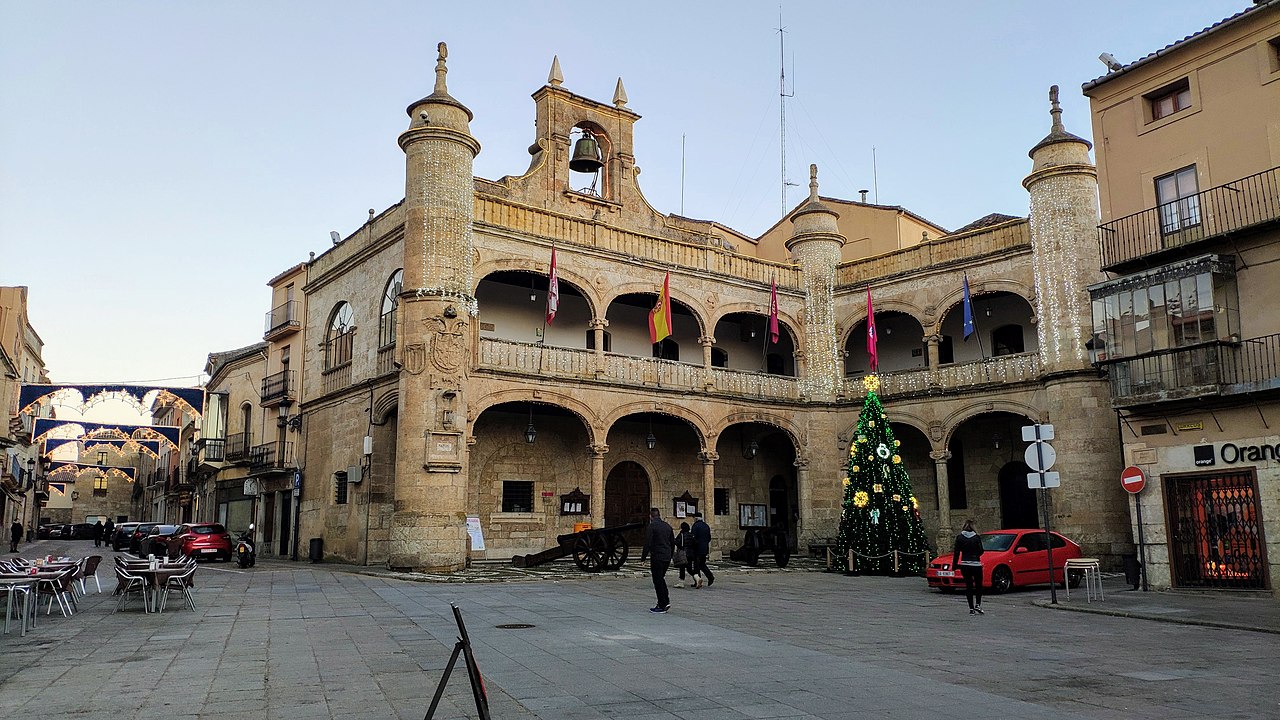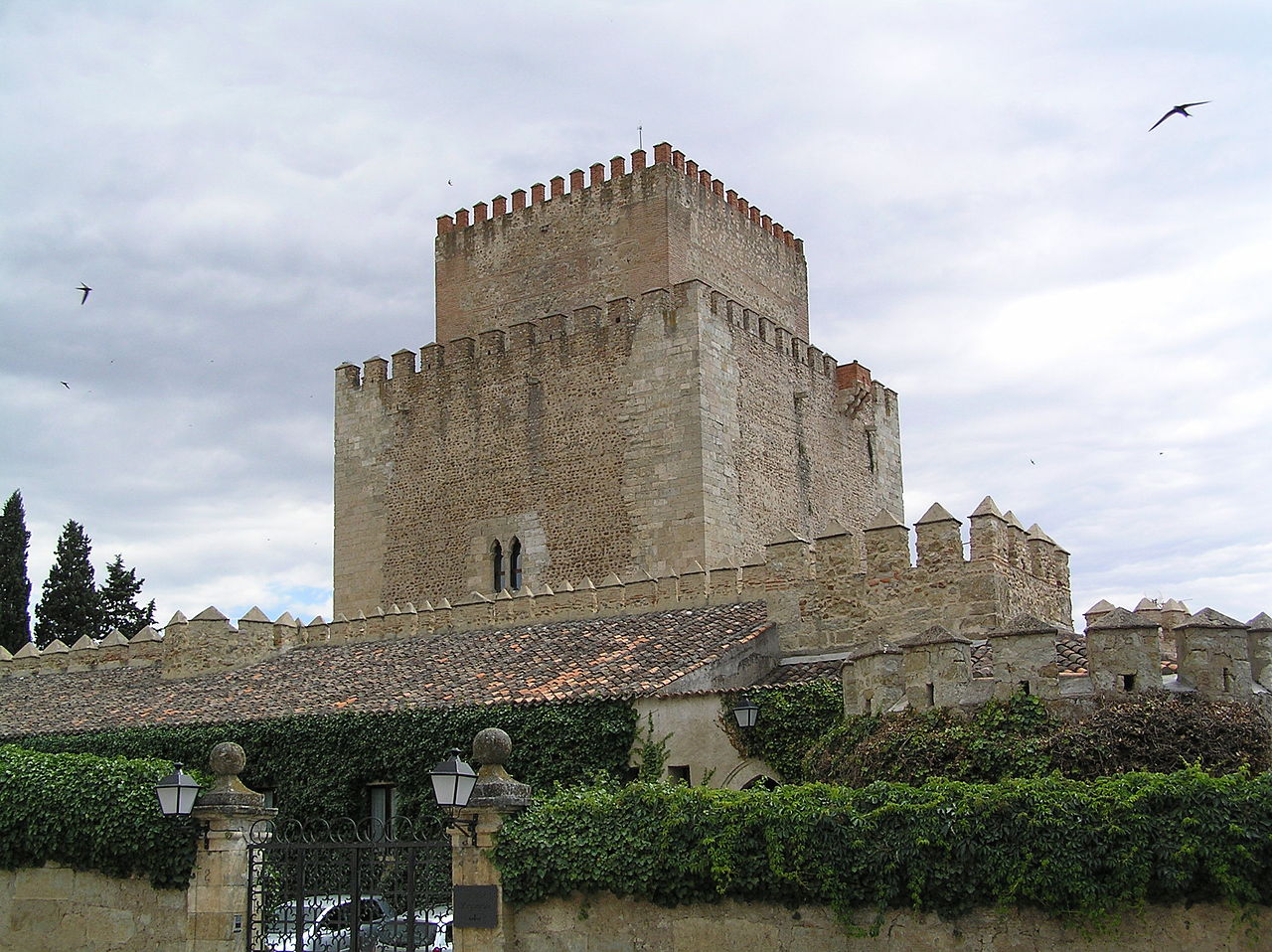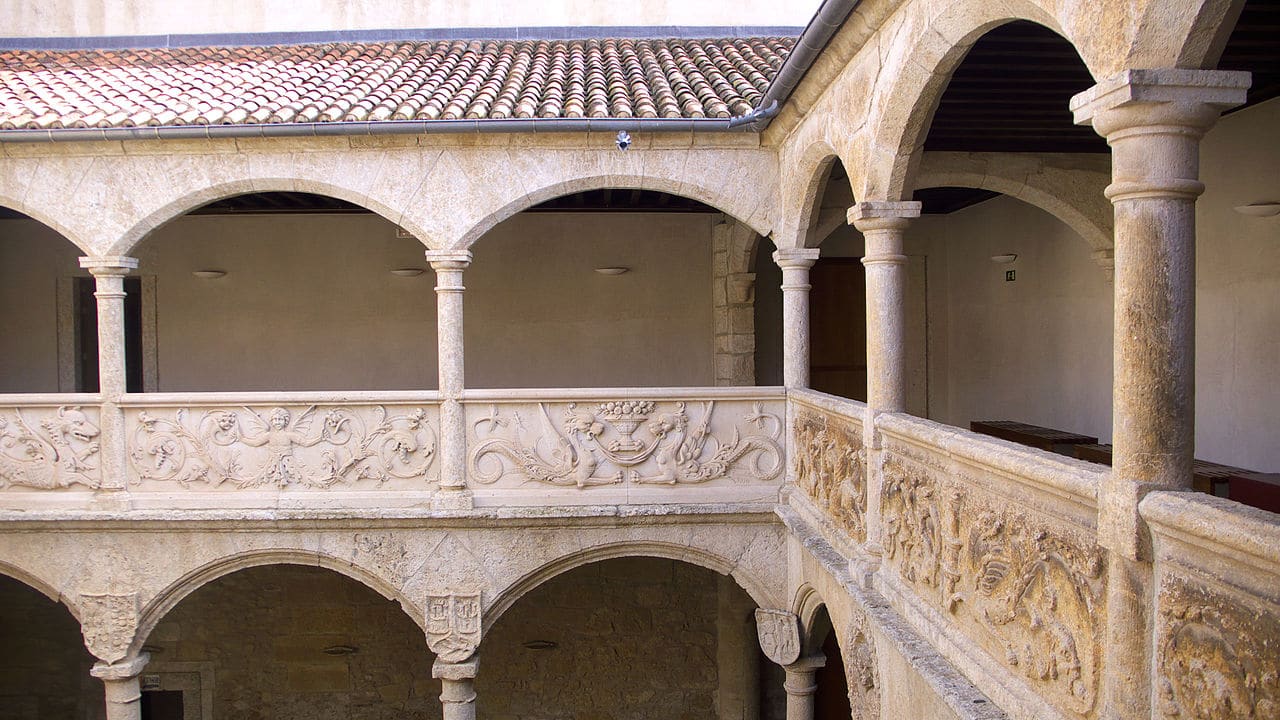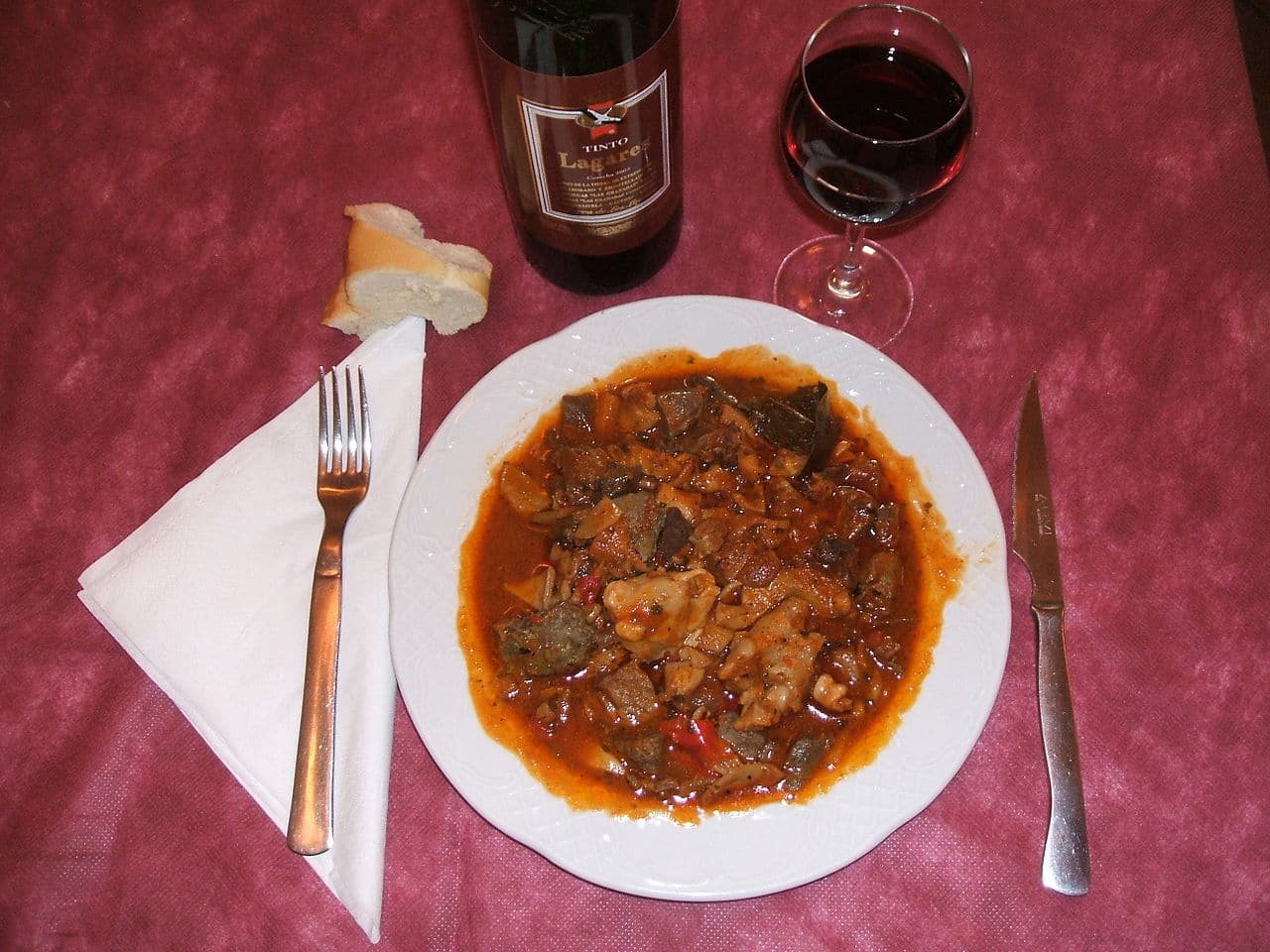
City Council of Ciudad Rodrigo
The Salamanca town of Ciudad Rodrigo, declared Historical-Artistic Set in 1944, it contains one of the most outstanding monumental heritages in the entire western part of Castile. Inhabited since the Bronze Age, it was the land of the Vetons and, later, of the Romans, who called it miróbriga. During the Middle Ages, it experienced numerous vicissitudes due to its character as a border city with Portugal and, later, it was besieged twice in the War of independence.
Such a rich history has left numerous samples in the municipality of Ciudad Rodrigo: cave paintings in Siega Verde, vetonic pieces, such as the Boar, and Roman remains, such as those found in the Saelices el Chico site. But, above all, the town offers us a set of buildings that constitute a heritage of extraordinary value. If you want to know the historic town of Salamanca, we invite you to join us.
What to see in Ciudad Rodrigo
As we told you, the Castilian city is all of it a Historic-Artistic Complex and many of its constructions Cultural Interest Assets. Among such enormous heritage, we are going to show you the most outstanding ones that you must visit.
Castle of Henry II
Dominate the city from its highest point. Curiously, it was not ordered to be built by the monarch that gives it its name, but by Ferdinand II of Leon, although Enrique II rebuilt it. Its main axis is tower of tribute, with two floors and a perimeter of seventeen square meters. You can indulge yourself in spending the night there as if you were a medieval aristocrat, since it currently houses the parador de turismo.

Castle of Henry II
The walls of Ciudad Rodrigo
They were built in the XNUMXth century by order, as in the previous case, by Fernando II. They are more than two kilometers long. However, in the seventeenth century the exterior bastions were added, which have a formation of saw teeth. Currently, you can see in it five access doors: those of Santiago, Colada, Amayuelas, del Conde, del Sol and Sancti Spiritus. Formerly, there was also a false door called the King and that was in front of the cathedral.
Cathedral of Santa María
It is one of the symbols of Ciudad Rodrigo and its construction also began under the reign of Fernando II, although it was finished in the XNUMXth century. Therefore, its architectural style is transitional Romanesque to Gothic. It is also part of a group of religious buildings called Salamanca group in which are also the Old Cathedral of this city, that of Zamora and the beautiful Collegiate Church of Toro.
Inside the cathedral, you should look at The chorus, a work of plateresque style due to Rodrigo Aleman; the Gothic-style cloister for its pointed arches, and the Diocesan Museum, with an important archaeological heritage that includes a Roman marble altar and a relevant numismatic collection, as well as sculptures and pictorial works.

Ciudad Rodrigo Cathedral
Other churches
You can also see other temples of great monumental value in Ciudad Rodrigo. It is the case of the impressive Cerralbo chapel, a Herrerian construction finished in the seventeenth century that has sculptural pieces by Mariano Benlliure. And also of the Romanesque church of San Andrés; From that of San Pedro, with a Mudejar Romanesque apse, and that of San Cristóbal, which preserves altarpieces and baroque sculptures.
Likewise, you have magnificent convents in the Salamanca city such as the one of San Agustín, built in the XNUMXth century, and that of the Barefoot Franciscan, from the XNUMXth century, which is attributed to Manuel de Larra Churriguera.
Palaces of Ciudad Rodrigo
But, if you are going to find something in Ciudad Rodrigo, it is with numerous palaces and noble houses. Among the first, that of the Marchioness of Carthage, Neo-Gothic of the XIX century; the one from Velasco o that of Ávila and Tiedra. However, perhaps the most beautiful of them is the palace of the eagles, an impressive Renaissance-style construction with a plateresque patio and voussoir façade framed by a Mozarabic alfiz.
As for the noble houses, you can see that of the first Marquis of Cerralbo, that of the Cadena, that of the Sexmeros and that of the Vázquez, all from the XNUMXth century.

Palace of the Eagle, interior view
Passion Hospital
This XNUMXth-century construction, although much reformed two centuries later, was a place of care for the Order of Saint John. Curiously, it had a comedy yard to represent works that contributed to the financing of the institution. In its chapel, there is also a XNUMXth century crucifix and an ivory Virgin of Good Success brought from the Philippines.
Surroundings of Ciudad Rodrigo
The Salamanca town is bathed by the Águeda river, around which there are several parks linked together. In fact, you can do routes of up to ten kilometers on foot through them. There are also hiking trails in the surroundings. For example, the route of the Cañada de las Vacas, the Camino del Molino Carbonero or the Camino de Águeda del Caudillo.
On the other hand, just fifteen kilometers from Ciudad Rodrigo is the rock station of Siega Verde, an Upper Paleolithic art site listed in the List of Cultural Heritage of Humanity. And, in Pedrotoro, El Valle and Rábida there are dolmens of the megalithic culture.
When is it better to visit the city of Salamanca
The Salamanca town has a oceanic continental climate. Therefore, winters are cold, with nighttime temperatures that can reach minus XNUMX degrees. In contrast, summers are dry and very hot, easily reaching thirty-five degrees during the day, although it cools at night. The most frequent rains occur in spring and fall. However, we recommend that you visit the city in these last two seasons, since the temperatures are more pleasant.
What to eat in Ciudad Rodrigo
Mirobridge cuisine is based on three local products: beans, chickpeas and potatoes, which are prepared in the most diverse ways. Local vegetables such as tomatoes, garlic and peppers also play an important role in it.

chanfaina
Among the first dishes that you can savor in the town, stand out the stirred potatoes, which are prepared crushed with paprika and garlic and served with torreznos, or the chanfaina, a lamb stew with onion, bay leaf, garlic and chilli.
Then you have the fried eggs with farinato, a sausage made with fat from Iberian pig indigenous. This precisely represents the star dish of the area, prepared roasted, baked, in sausages or in any other way. And, next to him, other meats like lamb shank or that of a brave bull.
As for dessert, you have to try the little dogs, some pastries that carry liquor; the Bollo Maimon, traditional in celebrations; the Mantecados; and wafers, which are made with eggs, milk, flour and anise; the repel yourselves or florets.
Ultimately, Rodrigo City It has all the ingredients for you to visit. Archaeological sites, a rich monumental heritage, strong and tasty gastronomy and human quality in its people. Do not hesitate to make a getaway to the beautiful Salamanca town.